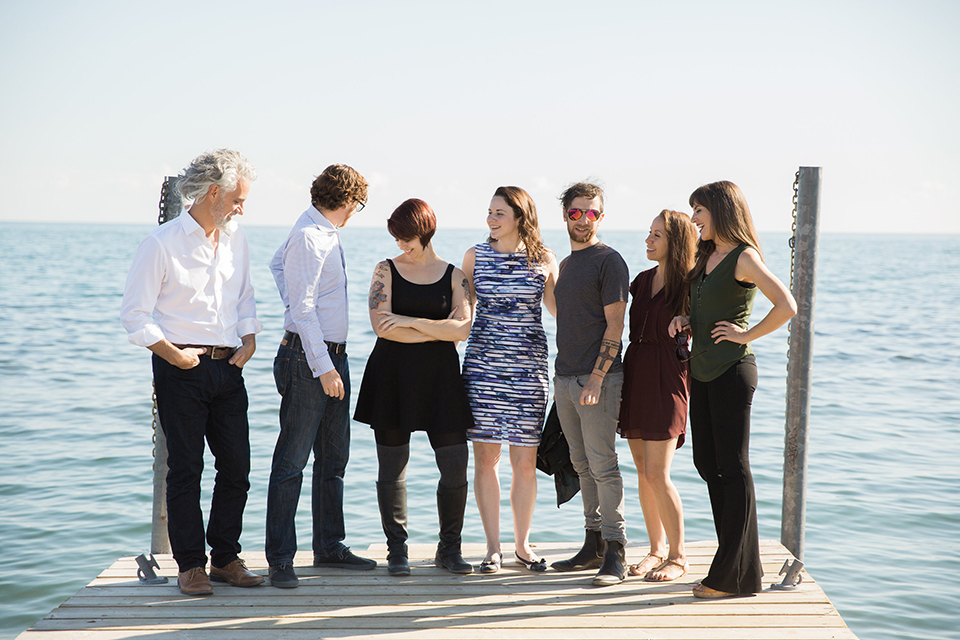This piece is part one of a three-part series about a Restorative Approach to Building a Culture of Belonging in the workplace. Part one discusses the approach overall and takes a deep dive into equity.
Just about this time last year, I went to my first yoga class, and it was hot yoga, at that. With some obvious exaggeration, I thought I was going to die. My lungs were on fire and I couldn’t catch my breath. Movements I previously took for granted, like bending forward or reaching overhead and holding poses, suddenly created new awareness in my body. The teacher told the class to, “take just a sip of water as needed”, but I gulped down two water bottles that day and could have easily used a third. Reflecting on that day, if I’m to be honest, what was happening in my body was nothing compared to what was happening in my mind. Inside I was feeling incredibly frustrated and anxious. Are people looking at me? Are they judging me because I keep falling off balance? Everyone else appears to be in rhythm and moving almost effortlessly – I feel like an outsider.
This was hardly my first, or worst, experience of feeling like an outsider -and it won’t be my last. I am a racially visible person, in my 40s, who identifies as male, and I work a blue-collar job at a Canadian university as part of the campus security team. Even though there are many other pieces of my identity that intersect to fully define who I am and how I experience the world, this description of me gives just enough information to highlight the complexities of how I experience the world around me. It serves as a sketch of who I might be and some of what I do for work but, it ultimately says nothing about the values or perspectives I bring with me and it doesn’t give much insight into the context and causes of when my identity has contributed to making others feel like outsiders.
Whether we learn it in workplace environments, or by personal experiences in the relationships that matter most in life the concept of safety is inextricably linked to feelings of belonging. I am fortunate enough to have a front row seat to this reality every day in my campus safety role. A few years ago, we received feedback from students, our primary stakeholders, who told us with no uncertainty that the way of doing the business for campus security needed to change to better reflect the community. They wanted to see a service that was approachable, accessible, and relevant. It was crucial to them that those of us tasked with community safety understood the nuances of inclusive spaces and feeling safe. Our mission was clear: they gave us the WHAT we needed to be thinking about in order to do our work better. But, at the time, we couldn’t have known that the HOW of this mission – adopting an equity, diversity, and inclusion (EDI) focus – would not only shift our service delivery, but would transform the entire culture of our business unit.
Often lumped together and sold like a 3-pack of cheap sport socks, EDI training is routinely doled out to groups as a well-intentioned, one-time professional development opportunity. Unfortunately it is far too common, usually due to facilitator inexperience, that some participants (especially those from diverse communities) report back after a one-time training event that the session left them with feelings of being silenced, of not able to share their perspective, of being tokenized or singled out, and being increasingly burdened by doing aftercare for their colleagues -soothing guilt by telling them they are still “good people”. Worse still, most EDI training in the workplace comes about as a tick-the-box reaction to an incident that makes everyone feel like they are being punished collectively. The conflict often morphs workplaces into divided camps that decide who was right or wrong and what needs to happen next. Without a more comprehensive and facilitated response to conflict, even after there is an investigation, workplaces rarely get beyond the facts of an incident to an understanding of what matters most about what happened.
Taking a restorative approach and using EDI principles as guideposts, doesn’t have to be a massive undertaking or special project creating a demand on resources. It does take a commitment to examine current organizational goals and strategies and find ways to embed these values and animate this approach from there. So, if Ye Ol’ Campus Security team can start thinking differently about EDI, why not everyone? Instead of writing a how-to I’m going to outline a how-we – some steps we took to start this journey. It may look very different in other contexts but the approach and principles are the same. For the purposes of this article, equity represents the learning that was required to shift our thinking; diversity as committing to a value that influenced our operations and day-to-day decision making; inclusion the hard work of building a culture of belonging. These principles are interconnected, not parts of a linear process. Shifting organizational thinking, which leads to changes in organizational behaviour, is a continuous process of constantly checking-in. In order to discuss EDI succinctly, I’ve separated out each section here but in practice, these are all happening on an on-going basis and working in tandem.
EQUITY
This is the space where we start to do some fundamental unlearning and myth busting. New terms are learned and the language of the workplace starts to evolve. Expect to clumsily bump up against oft-espoused and dearly held views such as “all it takes is hard work and everyone having access to the same opportunities”. What is crucial to positive gains in this area of growth is a willingness to have beliefs challenged and an openness to learn. Equity education starts with self-reflection: “Does my identity give me access to opportunities or benefits (or shield me from hardship) that others don’t have because of who they are?” This is called privilege. Privilege is most often experienced, by those who have it, as passive and organic – “there’s nothing I can do about it. I can’t change how I was born. I’m just lucky I guess”. The counter to privilege is oppression. Oppression feels more active, deliberate, and sometimes violent. It also is harder to interpret at times because it takes different forms: Overtly – the act of intentionally denying opportunity to someone because of who they are; Subtly – the unconscious biases about others that influence interactions; Environmentally – the insistence of assimilation into the dominant culture/norms of a group “Oh, we joke like this around here. Everybody’s cool with it. Better get used to it”; Systemically – the power structures that exist and adversely affect diverse folks. These do not require individual bad actors. Good people will sometimes get caught up in trying to defend oppressive systems instead of challenging them.
So, if equity is about the nexus of opportunity and people, it requires thinking more deeply about accessibility. Barrier free access isn’t just about considerations of physical limitations, but socially, culturally, and economically as well. Specifically asking, what is in the way of this person (or group) meaningfully participating and having a valued voice on this matter. To those who have privilege, there is no need to feel guilty about it. We start by learning to pivot from that feeling of discomfort and recognize the opportunity and responsibility therein to make a difference dismantling oppression from where we are. Many folks with an identity long-tied to being left out (historically marginalized) of the decision making that affects them will tell a story of not feeling like they belong and are striving for equality. There are lived experiences full of pain that lead them to say, “Our lives matter too!” This is fundamentally different than saying “all lives matter” which mostly serves to mute the chorus of diversity by lumping everyone in together.
The biggest piece of advice for this section of learning is to focus on listening. Create opportunities to invite a range of folks to share about how they identify and how that identity impacts them showing up in the world. Then, and this is huge, once hearing from them – believe them.






